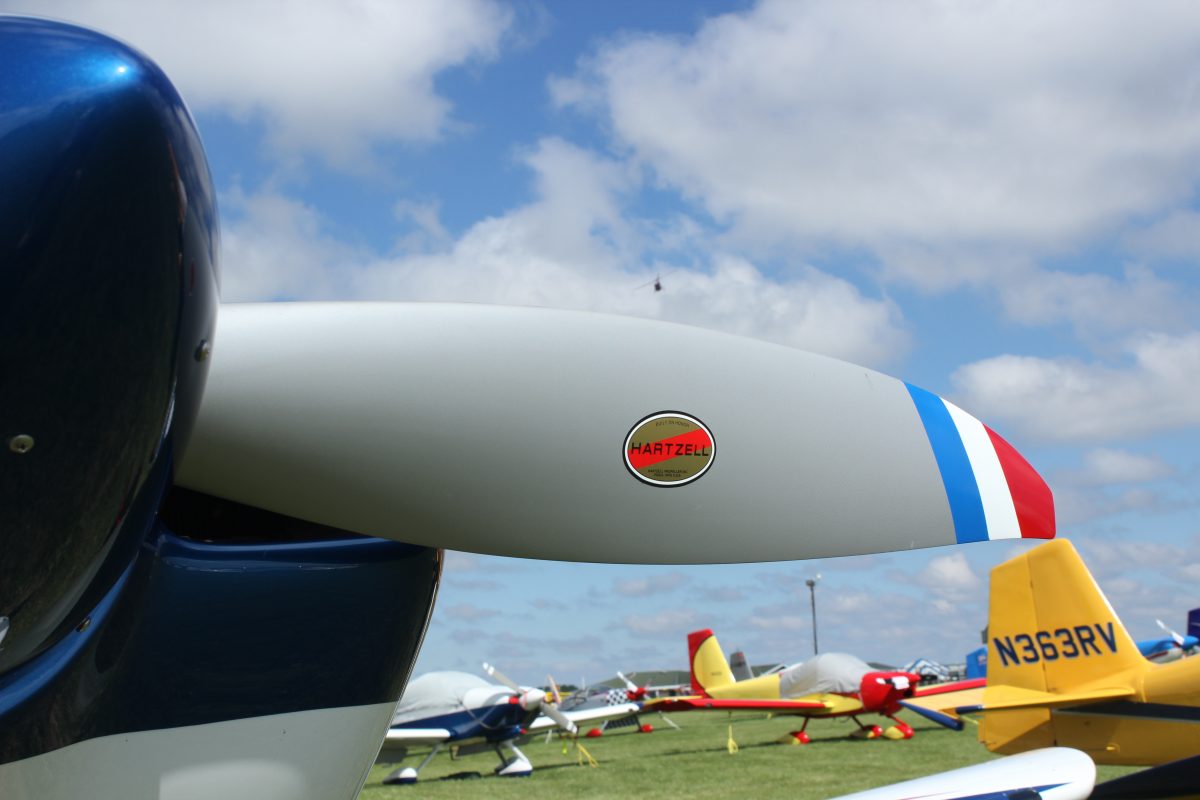
Your aircraft propeller represents a significant investment in your aircraft’s performance and overall aesthetics. It only makes sense to do everything you can to care for your prop and extend its lifespan, including protecting its paint.
Over time, any propeller is subject to some degree of paint wear and tear. Paint will erode even faster depending on your flying environment. Rain, sand, dust, gravel, and water spray from float operations can all take a toll on your propeller’s paint and lead to chipping or flaking. When this happens, it’s important to take care of the propeller’s paint to prevent further damage.
Not only does paint make your propeller look good, but it’s also the first line of defense against dangerous corrosion and erosion. When paint is removed from the surface of the blades, it exposes the material underneath to the elements. Moisture and debris, as well as bug shells and bird droppings, can seriously damage your propeller and lead to safety concerns.
If you notice minor damage to your propeller’s paint, such as chipping or flaking, a paint touch-up may be required. Be careful about the paint you use—regular spray paint won’t do. Propeller paint is a very specific formula that’s made to be extremely durable and resistant to abrasion. Your propeller manufacturer will recommend approved paint and primers you can use to address any small issues.
The touch-up process is fairly straightforward, but it’s important to coat each blade with the same amount of paint. Uneven paint layers can put your propeller out of balance, so keep track as you go. Also, never try to paint over cracks or corrosion on the surface of your propeller blades—it will only make matters worse. These issues need to be addressed by a professional before flying.
For any major paint problems that require disassembling or altering the propeller, don’t try to fix it on your own—call an expert. If done incorrectly, repainting a propeller can cause further damage and even deem the prop unairworthy. Taking your prop to an authorized propeller repair station for a “dress and paint” is something you can do as needed, but if your propeller is due for an overhaul, it will also be repainted and balanced during the service. At Hartzell Propeller, we use approved paint schemes, meaning you can send your prop to the Hartzell Service Center or one of our Recommended Service Facilities around the world to be repainted in its original paint scheme.
Unpainted aluminum props — those that have been stripped and polished — are more exposed to the elements and at a greater risk for corrosion and erosion. While some may find polished props attractive, this aesthetic choice limits the life of propellers and often makes them unairworthy.
At Hartzell, the most common propeller blade paint combinations we use are gray, white, and black, which suit most aircraft paint schemes. There are shops out there that will put custom artwork or graphics on blades. While there isn’t a regulation against this, visibility should always be a concern. There’s a good reason propeller blade tips are usually a contrasting color like white: it increases the visibility of a spinning propeller to prevent people from accidentally walking into blades on the ramp. Photoluminescent paint is frequently used to enhance the visibility of propeller tips at night and in low-light situations.
Your propeller is one of the hardest-working components on your aircraft. Treat it with care and respect, and it will serve you for years to come! Do you have a question for the Hartzell Propeller technical team? Contact us.